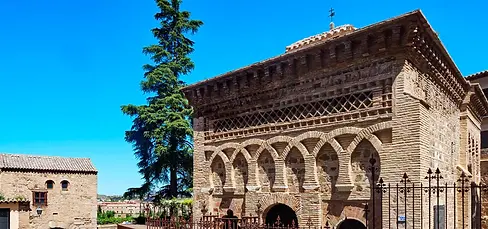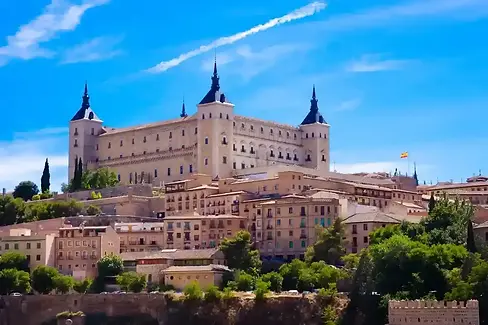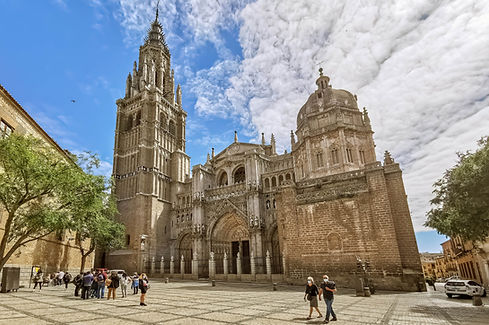Toledo
Toledo is a city suspended in time — a place where the legacies of Islam, Christianity, and Judaism intertwine on every street corner. Once a thriving center of Al-Andalus, Toledo was known for its knowledge, tolerance, and cultural richness. For Muslim travelers, the city holds special meaning: here you can visit the Mosque of Cristo de la Luz, one of the oldest surviving Islamic buildings in Spain, preserved with its original 10th-century charm. Wander the narrow, stone-paved streets of the old medina, visit ancient city gates like Bab al-Mardum, and explore centuries-old structures that whisper stories of a once-glorious Muslim presence. Toledo also houses important sites like the Synagogue of El Tránsito, the Alcázar, and the Cathedral — all part of the complex history of coexistence known as convivencia. While Toledo is more historical than cosmopolitan, halal food and prayer accommodations are available through thoughtful planning. With its hilltop views, medieval walls, and strong ties to the Islamic Golden Age, Toledo is a perfect day trip or overnight stop for those seeking a meaningful connection to Spain’s Muslim past. Travel with Mazhoud Halal Tourism to experience Toledo with cultural depth, spiritual awareness, and complete comfort.
Sights in Toledo
Mosque of Cristo de la Luz
The Mosque of Cristo de la Luz is the most important Islamic monument in Toledo, built in 999 AD during the Caliphate of Córdoba. It is one of the best-preserved mosques in Spain, showcasing stunning horseshoe arches and intricate brickwork. Originally a place of worship for Muslims, it was later converted into a church but still retains its Andalusian architectural beauty, making it a must-visit for those interested in Spain’s Islamic history.


Synagogue of El Tránsito
Built in the 14th century, this synagogue reflects the influence of Islamic Mudejar architecture, with its elegant stucco decorations and geometric patterns. It stands as a symbol of the coexistence of Muslims, Jews, and Christians in medieval Toledo. Now home to the Sephardic Museum, it offers insight into Spain’s rich multicultural past and the deep connections between Islamic and Jewish artistic traditions.
Alcázar de Toledo
Originally a Muslim fortress, the Alcázar of Toledo played a crucial role in defending the city during the Islamic period. Though later remodeled by Christian rulers, it still reflects its strategic importance in Al-Andalus. From its high vantage point, visitors can admire stunning views of the Tagus River, a reminder of Toledo’s role as a key stronghold in Islamic Spain.


The Cathedral of Toledo
Built over the Great Mosque of Toledo, the cathedral still preserves elements of Islamic architecture, including horseshoe arches and Mudejar influences. Though primarily a Christian monument, it serves as a reminder of the city’s Islamic past, making it an interesting site for those exploring the layered history of Toledo.
Church of Santo Tomé
Famous for housing El Greco’s masterpiece, this church also reflects Islamic influence in its Mudejar-style tower, originally part of a mosque. Though a Christian site, its architecture hints at Toledo’s rich Muslim heritage, blending styles from different eras of the city’s history.




